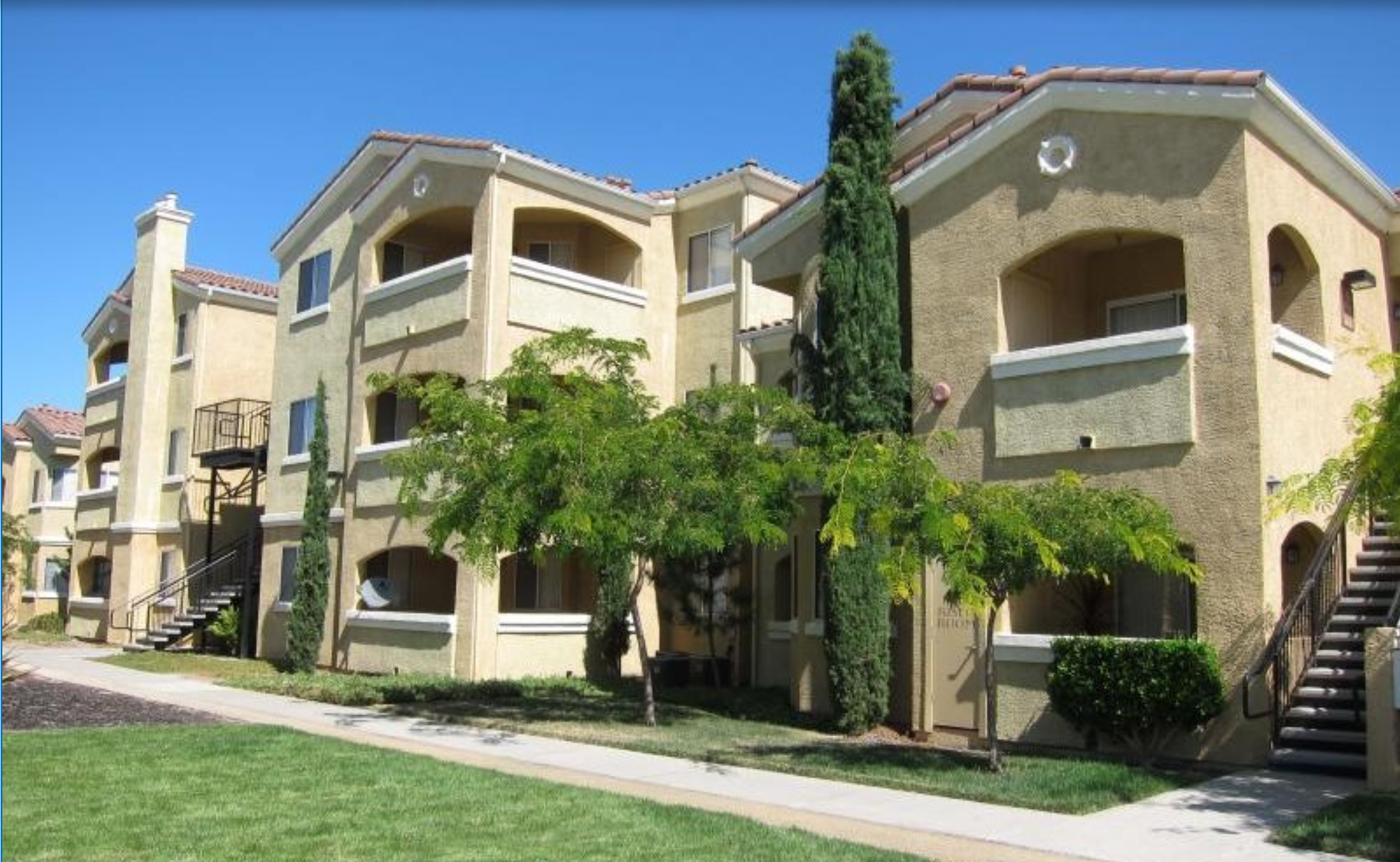The Role of Accessibility Features in Modern Real Estate
https://buymeacoffee.com/kaysogy/the-role-accessibility-features-modern-real-estate
 Accessibility is becoming an increasingly vital consideration in modern real estate development and investment. As more buyers and renters seek homes that accommodate diverse needs, incorporating accessibility features has grown into a significant factor that influences property values, marketability, and overall appeal. Whether designing new properties or retrofitting older ones, real estate professionals are now prioritizing universal design principles that cater to individuals with physical disabilities, the elderly, and even those looking to future-proof their homes.
Accessibility is becoming an increasingly vital consideration in modern real estate development and investment. As more buyers and renters seek homes that accommodate diverse needs, incorporating accessibility features has grown into a significant factor that influences property values, marketability, and overall appeal. Whether designing new properties or retrofitting older ones, real estate professionals are now prioritizing universal design principles that cater to individuals with physical disabilities, the elderly, and even those looking to future-proof their homes.
1. Market Demand for Accessible Properties: The growing demand for accessible housing is largely driven by demographic shifts. The aging population is a primary factor, as baby boomers reach retirement age and look for homes that cater to their evolving mobility needs. Additionally, families with disabled members are searching for homes with features like wide doorways, step-free entrances, and modified bathrooms. Real estate agents can now enhance their listings by highlighting such features to attract this expanding buyer pool.
Including accessible features can increase the market value of a property. Accessible homes tend to appeal to a broader range of potential buyers and renters, including multi-generational families and individuals looking for long-term living solutions.
2. Accessibility in Urban vs. Suburban Real Estate: In urban areas, where space is often limited, creating accessible living environments presents unique challenges. However, cities are increasingly adopting regulations that require new developments to meet accessibility standards. Urban developers are incorporating elevators, accessible entryways, and open floor plans in multi-family housing complexes to meet the growing demand.
Suburban real estate, on the other hand, has more flexibility in integrating these features seamlessly. Properties in the suburbs typically offer larger lot sizes, making it easier to include ramps, single-level living spaces, and accessible landscaping. Furthermore, suburban homes are more likely suitable for renovation projects to improve accessibility.
3. Key Accessibility Features to Include: To make properties more accessible and inclusive, developers and homeowners should consider the following design elements:
Wide Doorways and Hallways: Wide spaces make it easier for wheelchair users to navigate and for residents with mobility issues to move around.
Step-Free Entrances: Eliminating stairs and adding ramps at entry points makes the property more accessible to people with disabilities or elderly residents who struggle with steps.
Accessible Bathrooms: Installing walk-in showers, grab bars, and lower sinks can significantly enhance a bathroom's accessibility.
Smart Home Technology: Incorporating voice-activated systems, automatic doors, and adjustable lighting can make living spaces more accessible and convenient for everyone.
Open Floor Plans: Removing barriers between living spaces helps with mobility and creates a more inclusive environment for individuals with disabilities.
4. Legal Considerations and Regulations: In many regions, there are specific legal requirements for accessibility, especially in rental and commercial real estate. In the U.S., the Americans with Disabilities Act (ADA) mandates that certain properties, especially public or commercial buildings, meet accessibility standards. Similarly, the Fair Housing Act requires landlords to make reasonable accommodations for tenants with disabilities. These regulations underscore the importance of accessibility in both residential and commercial real estate.
Additionally, certain tax incentives and financial support programs exist for property owners who invest in making their buildings more accessible. This can reduce the financial burden associated with retrofitting older properties to meet modern accessibility standards.
5. Accessibility and Property Value: Integrating accessibility features doesn't just enhance a property's utility; it can also improve its overall value. Properties that are compliant with ADA guidelines or are seen as inclusive attract a wider range of buyers and tenants, leading to higher demand and, consequently, higher property prices. Investors and developers who anticipate this trend can capitalize on accessibility features as a way to differentiate their properties in competitive markets.
6. Sustainability and Accessibility: Interestingly, accessibility often intersects with sustainability. Homes designed with accessibility in mind tend to use energy-efficient materials and smart technologies, contributing to the property’s environmental footprint. Additionally, single-level homes with wide doorways, for example, tend to have better ventilation and natural light distribution, which are also important features for sustainable housing.
Conclusion: Accessibility features in modern real estate are no longer optional add-ons—they are becoming essential components that influence a property's appeal, market value, and legal standing. As the demand for accessible housing grows, developers, investors, and real estate professionals who prioritize inclusivity will be better positioned to succeed in the evolving real estate market. By incorporating accessibility features, real estate professionals can attract a wider audience, enhance property values, and contribute to a more inclusive society. By leveraging key accessibility features, investors and real estate agents can ensure that their properties appeal to an increasingly diverse range of buyers and renters, securing long-term success in an evolving marketplace.
Comments
Post a Comment